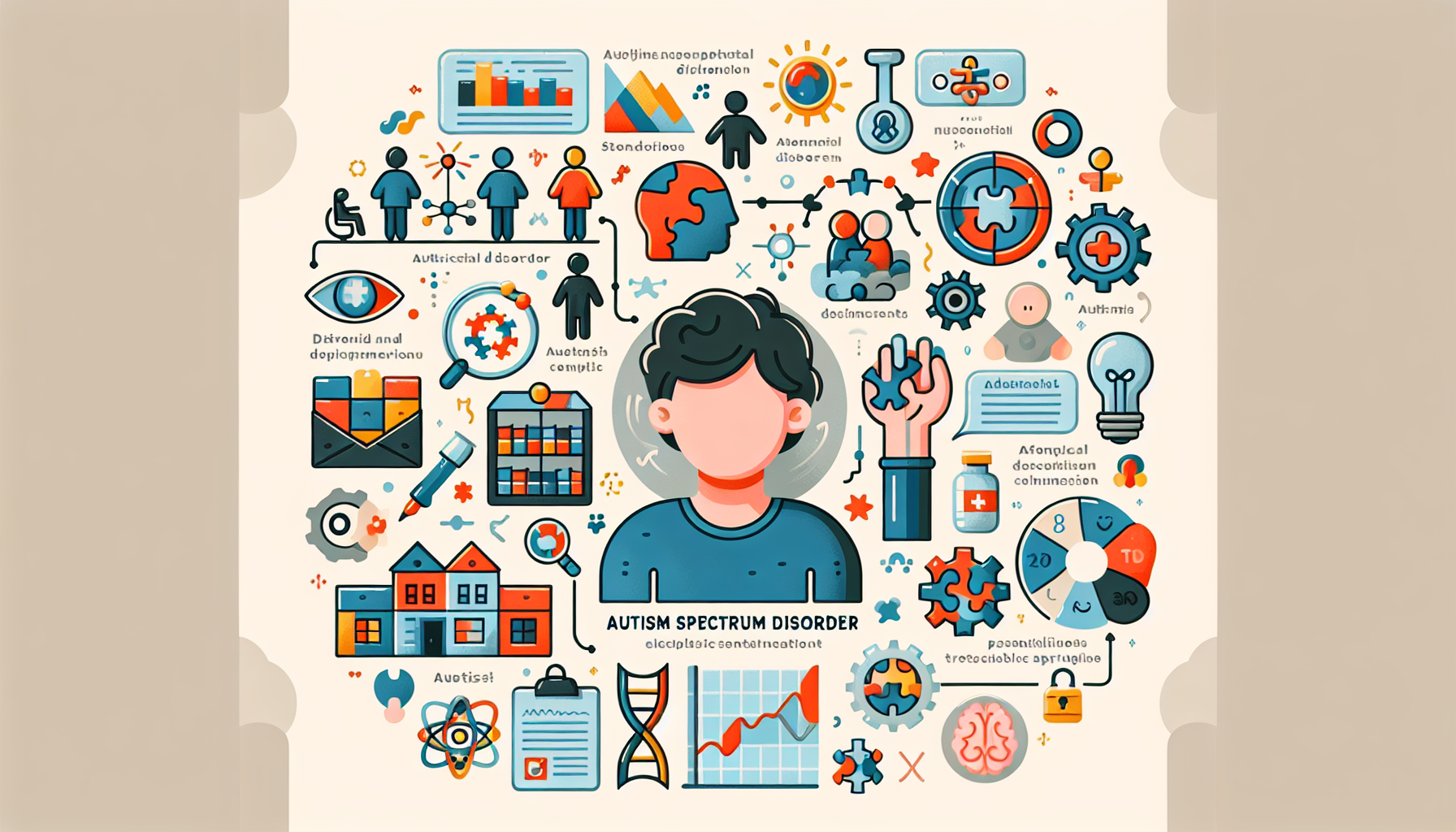ABA Therapy for Behavior Therapy
Explore ABA therapy for behavior therapy, offering tailored support and proven strategies for individuals with autism.

Understanding ABA Therapy
ABA (Applied Behavior Analysis) therapy is a widely recognized approach for treating behavioral issues, particularly in individuals with autism. The technique focuses on understanding the underlying reasons for specific behaviors and employing positive reinforcement to encourage desired actions.
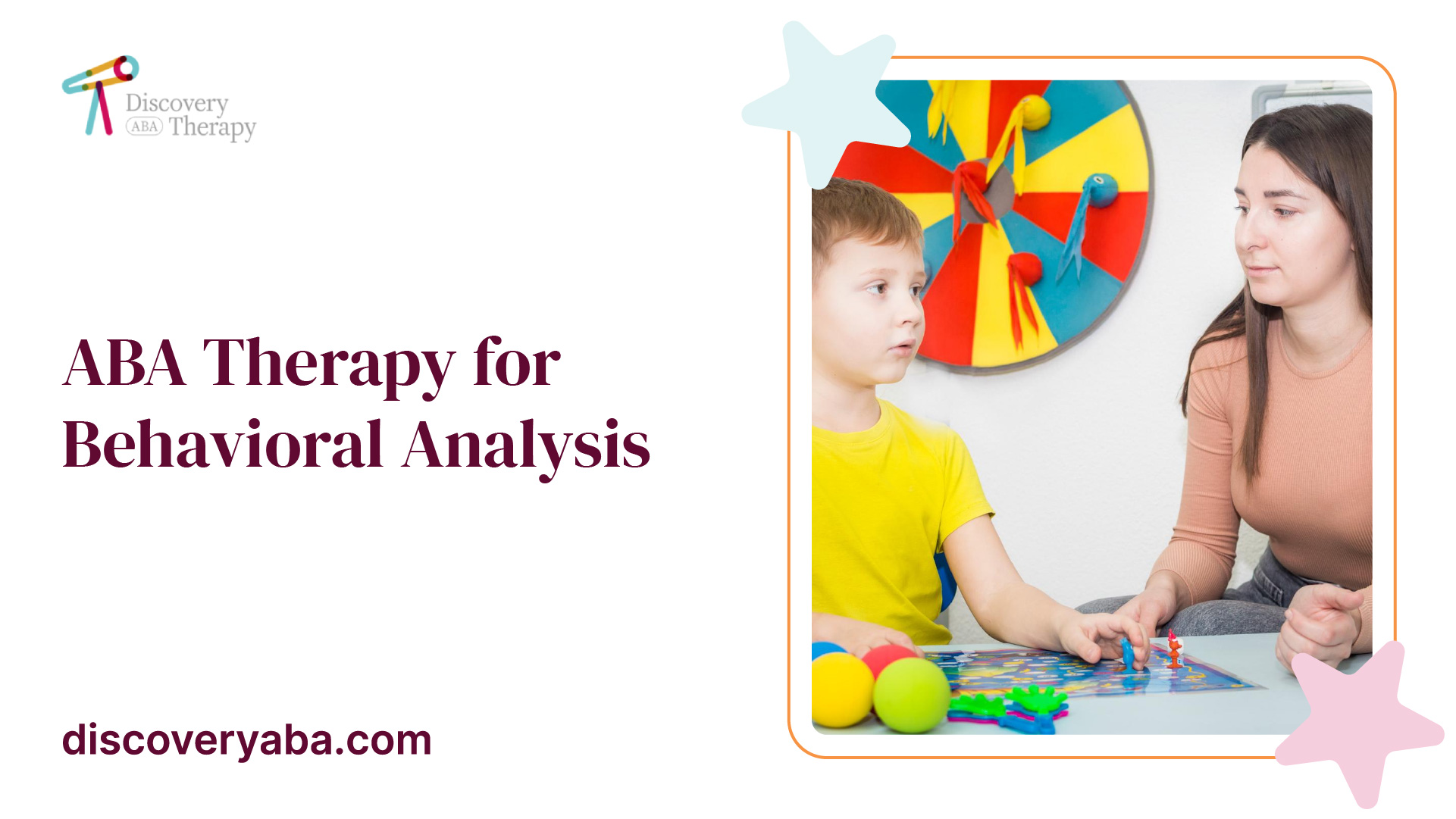
Principles of ABA Therapy
The principles of ABA therapy center around several key concepts that contribute to improving behaviors and skills. One of the foundational ideas is the use of positive reinforcement, which involves rewarding desired behaviors to increase their occurrence. This approach is based on the understanding that behaviors can be modified through reinforcement.
Another major principle is breaking down complex skills into smaller, more manageable steps. This method not only caters to the unique interests and abilities of each child but also fosters a sense of accomplishment as they progress. Goals are set to ensure they lead to meaningful changes in the individual's quality of life, such as enhancing communication skills, promoting independence, and encouraging social inclusion.
The table below summarizes some key principles of ABA therapy:
PrincipleDescriptionPositive ReinforcementEncouraging desired behaviors through rewardsSkill BreakdownDividing complex behaviors into smaller, achievable tasksGoal-Oriented FocusSetting objectives that positively impact overall quality of life
ABA Therapy Process
The ABA therapy process is systematic and structured to ensure it meets the specific needs of individuals. Initially, a comprehensive assessment is conducted to identify strengths, weaknesses, and particular behaviors requiring intervention. Based on this assessment, a tailored treatment plan is developed.
The implementation of the treatment plan involves consistent monitoring and data collection to track progress. This data informs necessary adjustments to strategies, ensuring the most effective methods are being employed. Therapy sessions typically incorporate engaging and age-appropriate activities to maintain the interest of the individual while learning new skills.
ABA therapy is recognized for its versatility, making it suitable not only for children but also for adults dealing with a variety of behavioral disorders. Considered an evidence-based best practice, it has been endorsed by the US Surgeon General and the American Psychological Association due to its proven effectiveness and quality.
For further insights into ABA therapy resources, explore aba therapy and autism resources or aba therapy and developmental services.
Benefits of ABA Therapy
ABA therapy offers numerous advantages for individuals with autism, particularly in enhancing their overall development and quality of life. Here, we will explore some of the core benefits of this therapeutic approach.
Tailored Treatment Plans
One of the primary strengths of ABA therapy is its tailored treatment plans. Each program is personalized to cater to the individual needs of the child, helping to address specific challenges. This customization ensures that goals are relevant and achievable, leading to meaningful changes in behavior and skills. Practitioners can modify the therapy based on the child's progress during sessions, ensuring a responsive approach to learning.
Key Advantages of Tailored PlansDescriptionIndividual GoalsTargets specific behaviors and skills relevant to each child’s needsFlexibilityAdapts as the child progresses or faces new challengesEnhanced EngagementKeeps children interested and motivated in their learning
Improving Quality of Life
ABA therapy focuses on achieving significant change by setting goals that positively impact a child’s quality of life. This includes improving communication skills, fostering independence, and promoting social inclusion [1]. A well-structured ABA program can lead to noticeable improvements in children's abilities, often exceeding the low expectations held by some educators and caregivers [4].
Quality of Life ImprovementsDescriptionCommunication SkillsEnhances verbal and non-verbal communication abilitiesIndependenceTeaches self-help skills for daily livingSocial SkillsEncourages interaction and relationships with peers
Social and Emotional Development
ABA therapy is instrumental in aiding children with autism to adapt to various social situations, utilizing positive reinforcement to encourage desired behaviors. This approach is vital for helping children understand social cues and respond appropriately in different contexts. Furthermore, ABA therapy assists children in expressing negative feelings constructively, identifying healthy coping mechanisms, and understanding reactions when feeling overwhelmed [5].
Aspects of Social and Emotional DevelopmentDescriptionCoping SkillsTeaches effective responses to stress and anxietyEmotional RegulationHelps children manage and express their feelings appropriatelySocial InteractionBuilds skills for meaningful engagement in social settings
The implementation of ABA therapy leads to significant improvements in the lives of children with autism, addressing their specific challenges through personalized strategies that enhance not just behavior, but overall well-being. For additional insights into the available resources, explore aba therapy and autism resources.
Effectiveness of ABA Therapy
ABA therapy has been widely studied and documented for its effectiveness in helping children with autism spectrum disorder (ASD). Research indicates that personalized and intensive intervention strategies can yield significant improvements in various developmental areas.
Positive Outcomes in Children
Numerous studies have established that children who participate in ABA therapy exhibit positive outcomes. A noteworthy finding is that intensive therapy sessions of 25 to 40 hours per week over a duration of one to three years result in remarkable gains across various domains.
Area of ImprovementImprovement PercentageIntellectual Functioning40%Language Development50%Daily Living Skills45%Social Functioning30%
This data illustrates that intensive involvement in ABA therapy improves critical life skills in children with autism. More than 20 studies confirm these outcomes, reinforcing the efficacy of long-term therapy [3].
Long-term Therapy Results
The benefits of ABA therapy extend beyond immediate outcomes. Long-term therapy can lead to sustainable improvements in multiple areas of a child's life. Studies show that ABA intervention fosters skills critical for daily living, social interactions, and communication, which can persist over time.
Research supports that children engaged in comprehensive ABA programs can maintain developmental gains even after therapy concludes. The foundational skills acquired through therapy enhance the child's ability to adapt and thrive in various life situations.
Overall, the commitment to intensive ABA therapy has shown promising results for children's progress, underscoring the value of this approach in addressing behavioral and developmental challenges. For more information about ABA applications, visit our articles on ABA therapy and autism resources and ABA therapy and behavioral disorders.
Implementation of ABA Therapy
The implementation of ABA therapy is crucial for ensuring effective treatment for individuals with autism. This process involves a personalized approach, the expertise of behavior analysts, and well-structured therapy sessions.
Personalized Approach
ABA therapy is personalized for each individual, with goals tailored to address the specific challenges faced by the child. Practitioners can adapt the therapy to fit the child's needs during each session [3]. This individualized methodology is pivotal in identifying unique struggles and leveraging strengths, which enhances the effectiveness of the intervention.
A typical approach may involve:
ElementDetailsAssessmentInitial evaluations to identify strengths and challengesGoal SettingEstablish specific, measurable objectives based on the child's needsAdaptationContinuously modifying techniques and goals based on progress
The adaptability of ABA programs ensures that children receive targeted support that evolves with their development.
Role of Behavior Analysts
Behavior analysts play a vital role in the successful implementation of ABA therapy. These professionals specialize in child psychology and hold degrees in related fields, ensuring they possess the knowledge required to address the complexities of autism. They typically pass certification exams to practice, signifying their expertise and commitment to evidence-based practices.
The responsibilities of behavior analysts include:
ResponsibilityDescriptionInitial AssessmentConducting detailed evaluations to determine intervention needsGoal DevelopmentCollaborating with parents to set achievable targets tailored to the childSupervisionOverseeing therapy sessions and providing guidance to other therapists
Their qualifications contribute to early detection and treatment of symptoms related to autism, which can lead to improved academic performance and skill development [6].
Therapy Sessions
ABA therapy sessions are organized and structured to maximize learning opportunities. These sessions are held in various settings, including home-based therapy, therapy centers, and schools. Each session focuses on evidence-based interventions that are informed by empirical research, helping children develop essential life skills and engage more actively in their communities.
Key aspects of therapy sessions include:
Session ElementDescriptionDurationTypically range from 45 minutes to several hours, depending on individual needsFrequencySessions may occur multiple times per week for optimal resultsActivitiesIncorporates play, communication, and social skills training
Regularly scheduled sessions allow for consistent progress monitoring. The flexibility in the approach allows for adjustments based on each child's development and current needs, ensuring a supportive environment for long-term growth.
Through a personalized approach, the expertise of trained behavior analysts, and well-structured therapy sessions, ABA therapy effectively addresses the unique challenges faced by individuals with autism. For more information on related services and resources, consider exploring aba therapy and autism resources.
Criticisms of ABA Therapy
Despite the proven effectiveness of ABA Therapy for many individuals with Autism Spectrum Disorder (ASD), several criticisms have emerged surrounding its historical application and current practices. These concerns primarily come from autism rights advocates and neurodiversity activists, urging for reform in ABA practices.
Historical Concerns
Historically, some ABA interventions have been criticized for employing punitive measures, including physical punishment. Such practices have raised ethical questions regarding the treatment of individuals with autism. Although many modern ABA practitioners strive to utilize positive reinforcement strategies, the legacy of these past practices lingers in discussions about ABA's appropriateness. This historical context has led to increased scrutiny of certain ABA techniques and their implications for individual rights and dignity [7].
Current Debates
Current debates surrounding ABA therapy often focus on its intensity and structure. Some practitioners recommend high hours of intervention, raising concerns about the potential rigidity of these programs. Critics argue that the standardization inherent in ABA may not always accommodate the unique needs of every individual with autism. Furthermore, discussions regarding the outcomes of ABA interventions have prompted questions about the long-term effectiveness and appropriateness of such treatments for varying individuals across the autism spectrum.
Concern CategoryIssues RaisedHistorical PracticesUse of physical punishment, punitive approachesIntervention IntensityHigh hours of therapy may not suit all individualsIntervention RigidityStandardized approaches may lack individual accommodationOutcome DebatesQuestions regarding long-term effectiveness and individual appropriateness
Calls for Reform
In light of these criticisms, there have been strong calls for reform within the field of ABA therapy. Advocates for autism rights emphasize the need for more flexible and person-centered approaches to intervention. As a response to these concerns, practitioners and organizations are increasingly adopting evidence-based practices that respect the neurodiversity of individuals on the autism spectrum. Adjustments to current practices aim to prioritize the dignity and autonomy of those receiving ABA interventions, shifting the focus from compliance to collaboration and understanding [7].
For parents and caregivers, it is crucial to stay informed about both the benefits and drawbacks of ABA therapy for behavior therapy, ensuring that the chosen therapeutic approach aligns with the values and needs of their loved ones. Understanding the criticisms surrounding ABA can help facilitate more informed discussions with healthcare providers and therapists. For more resources, visit our articles on ABA therapy and autism resources and ABA therapy and developmental services.
ABA Therapy and ASD
Applied Behavior Analysis (ABA) therapy has been a pivotal approach in supporting individuals with Autism Spectrum Disorder (ASD). This section explores the foundation of ABA therapy through early studies, established evidence-based practices, and ongoing research in the field.
Early ABA Studies
The roots of ABA therapy in autism can be traced back to groundbreaking research by Wolf and colleagues in 1964. They provided one of the first empirical evaluations of behavior analytic principles aimed at addressing behaviors in individuals diagnosed with ASD. Their study demonstrated positive outcomes, including a significant reduction in interfering behaviors and an increase in pro-social behaviors in a young boy with autism [7]. These early findings laid the groundwork for the development of more structured ABA techniques.
Evidence-Based Practices
Over the decades, extensive research has confirmed the effectiveness of various ABA procedures tailored for individuals with ASD. Techniques such as shaping, discrete trial teaching, incidental teaching, and pivotal response training have all shown beneficial effects in improving behaviors. A substantial body of literature supports ABA-based interventions as evidence-based practices that are widely recognized as the most effective interventions for individuals diagnosed with ASD.
Multiple organizations and professionals endorse these practices due to their proven success in reducing undesirable behaviors and enhancing functional skills. The table below summarizes some commonly used ABA practices and their goals:
ABA TechniqueGoalShapingGradually reinforcing closer approximations to desired behaviorDiscrete Trial TeachingTeaching skills in small, manageable stepsIncidental TeachingUsing natural opportunities to teach skillsPivotal Response TrainingFocusing on pivotal areas to bring about broad improvements
Ongoing Research
Research in ABA therapy continues to evolve, focusing on refining techniques and exploring their long-term impacts. Studies aim to assess not only immediate behavior changes but also the sustainability of these changes over time. Ongoing investigations also target the development of personalized interventions for better outcomes in diverse populations within the autism spectrum.
The commitment to advancing ABA therapy reflects a broader effort to adapt methods to meet the individual needs of those with ASD. By embracing ongoing research, practitioners and caregivers can develop more effective strategies to support individuals with autism in their daily lives.
For additional information on ABA therapy and its application to autism, explore our resources on aba therapy and autism resources and aba therapy and autism centers.
References
[2]:
[3]:
[4]:
[5]:
[6]:
[7]:
Find More Articles
Contact us
North Carolina, Tennessee, Nevada, New Jersey, Utah, Virginia
New Hampshire, Maine
Massachusetts, Indiana, Arizona, Georgia
.avif)












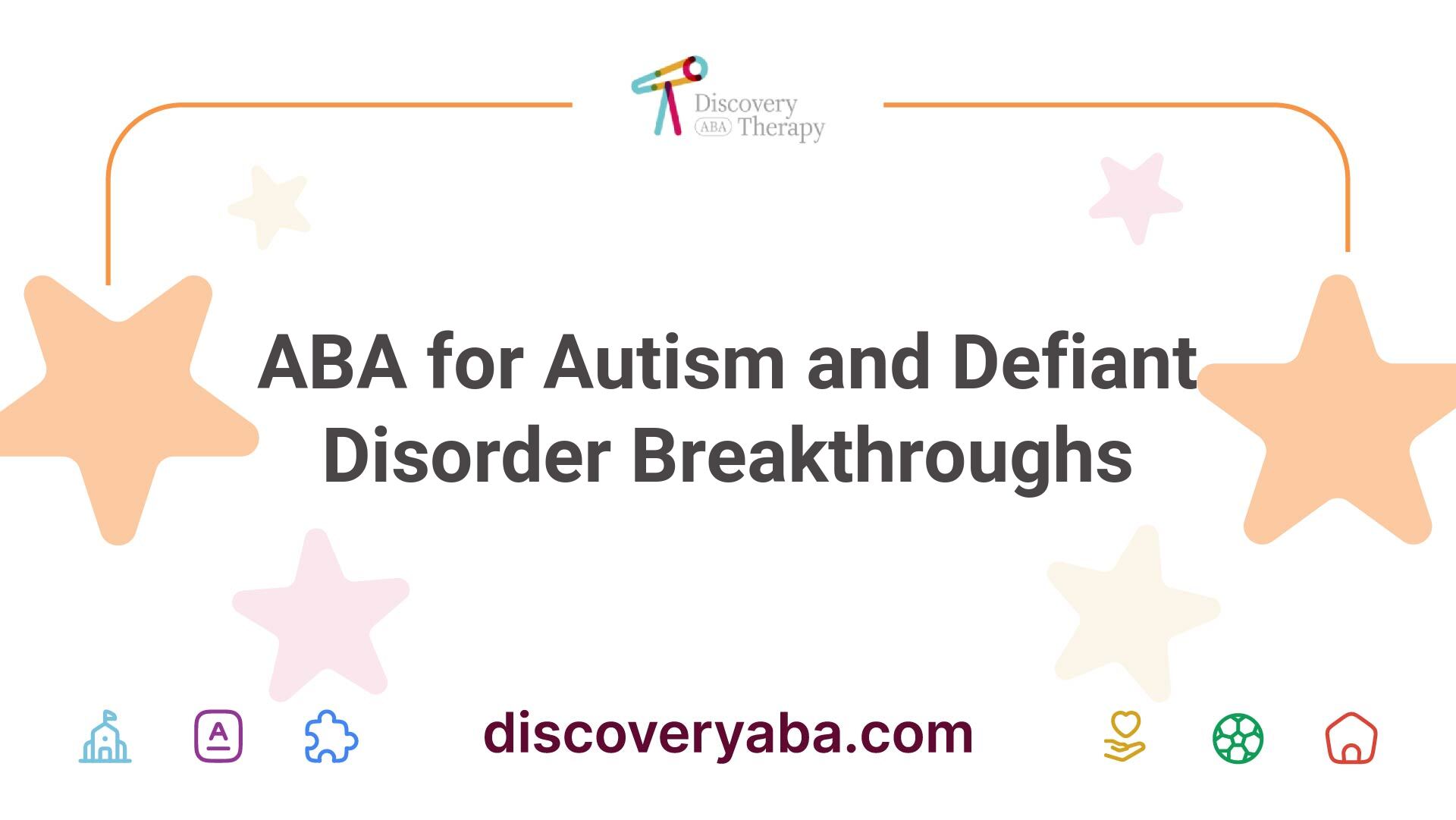







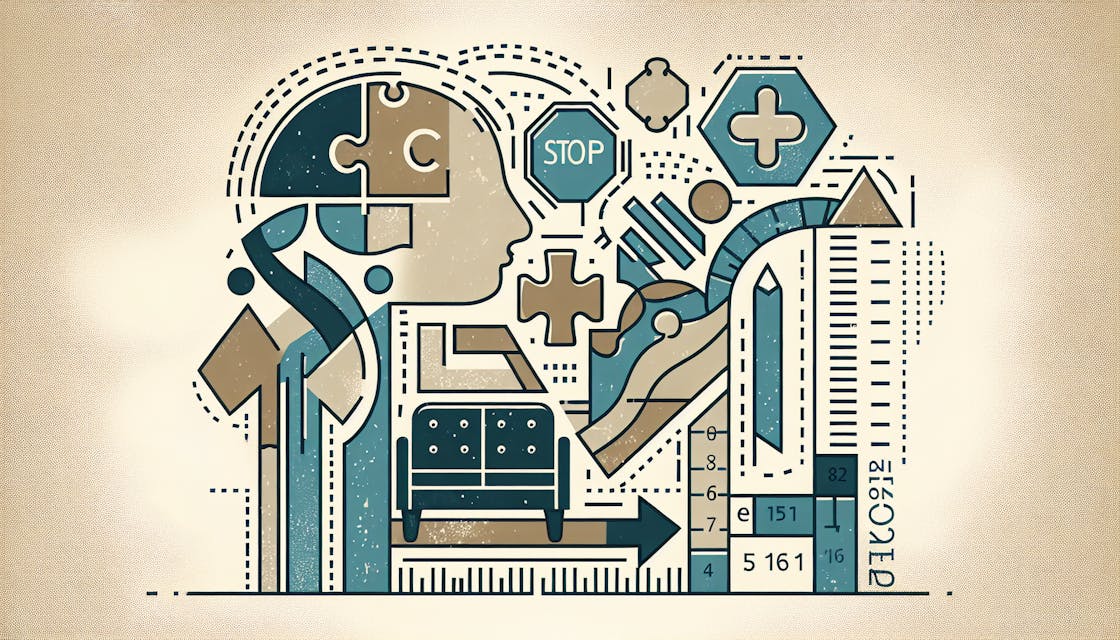




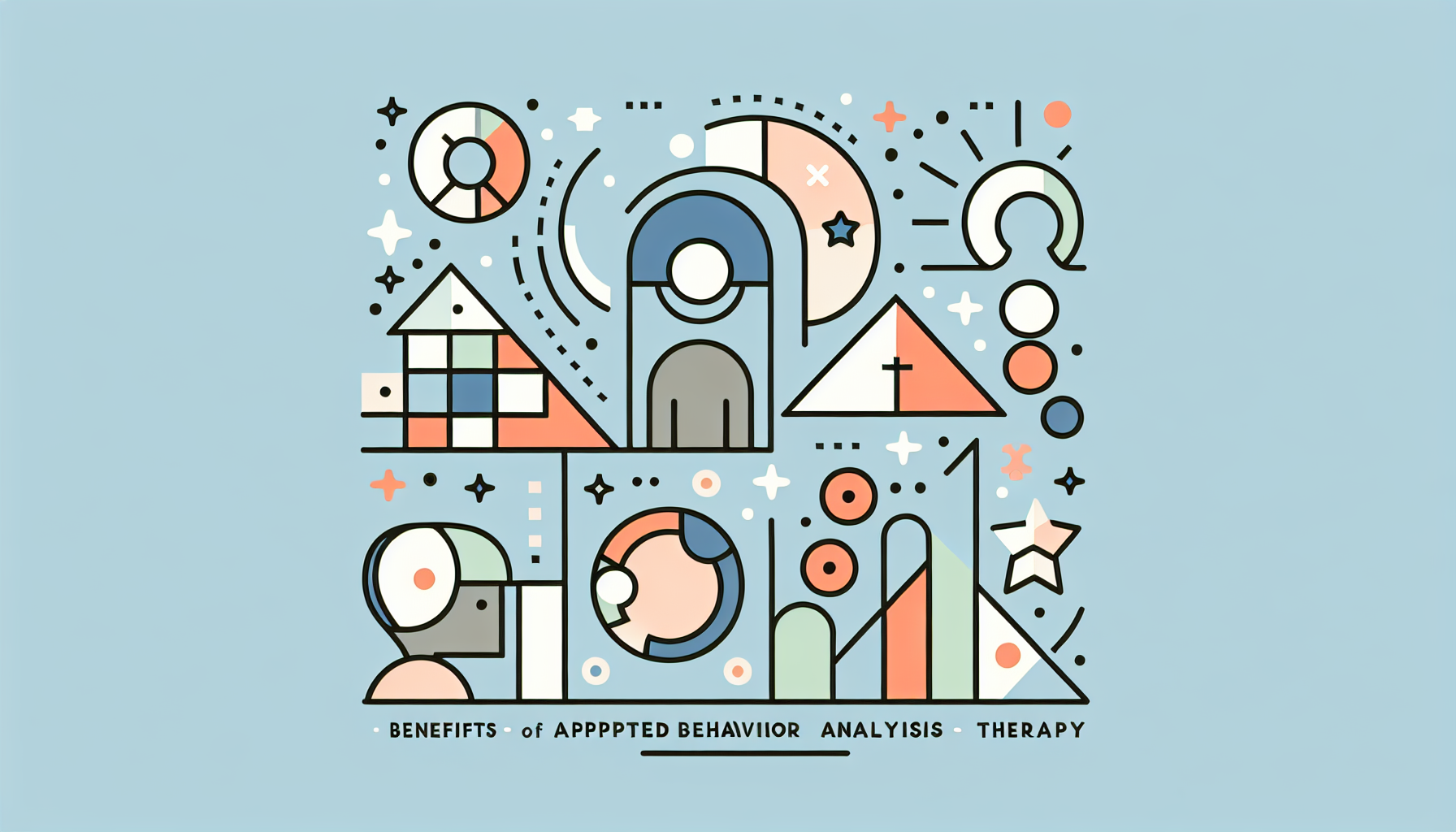






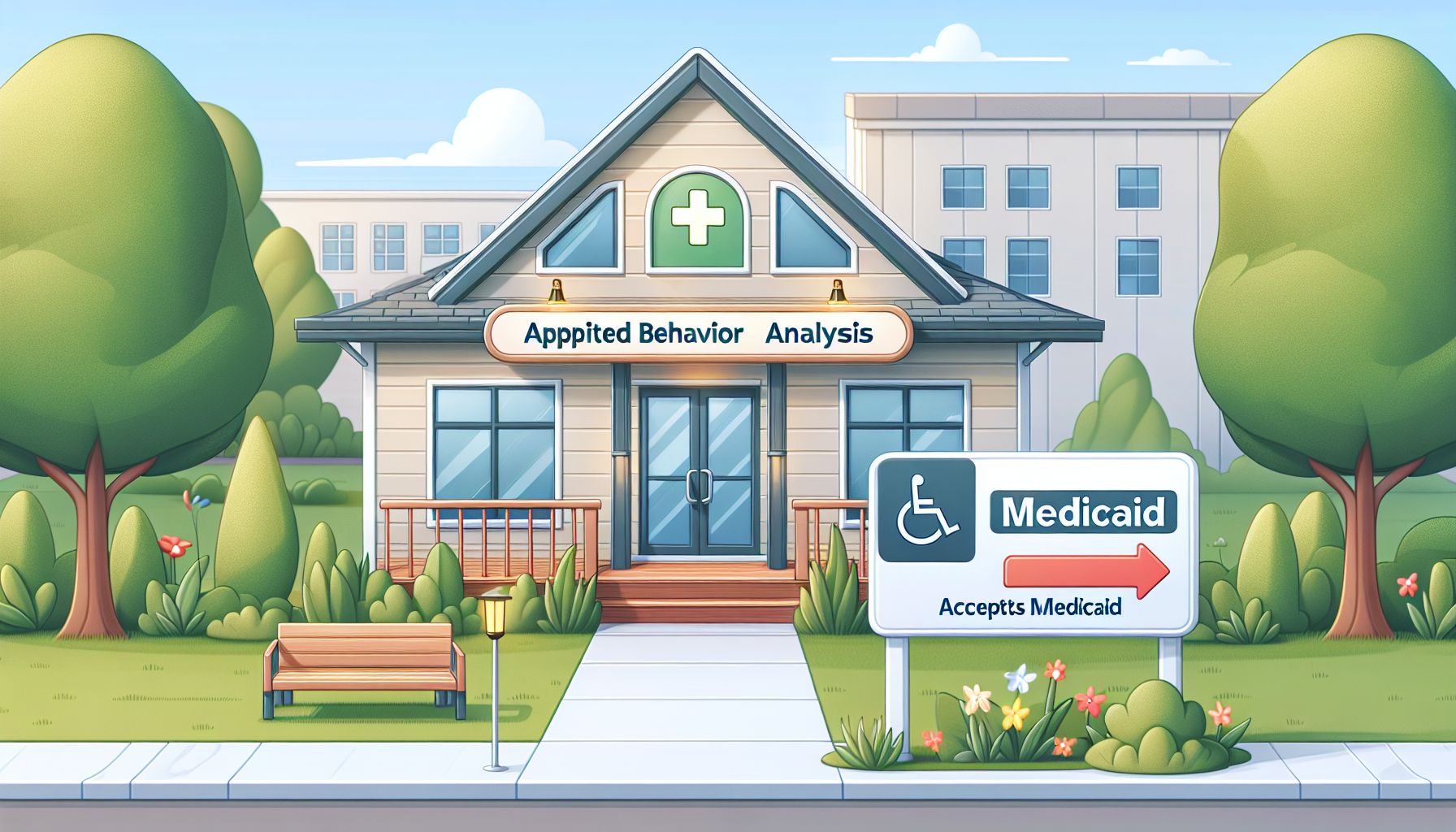




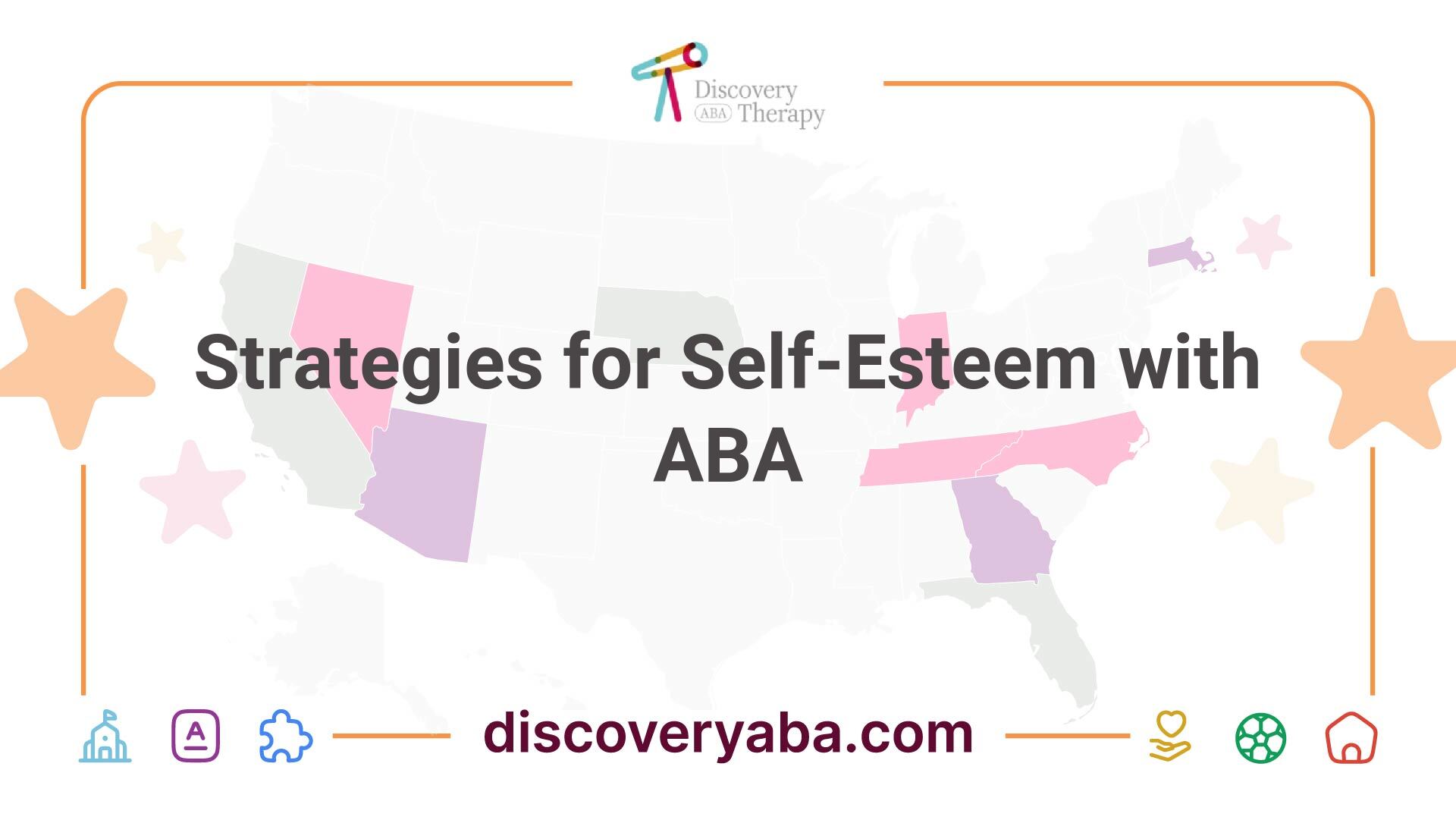




.jpeg)







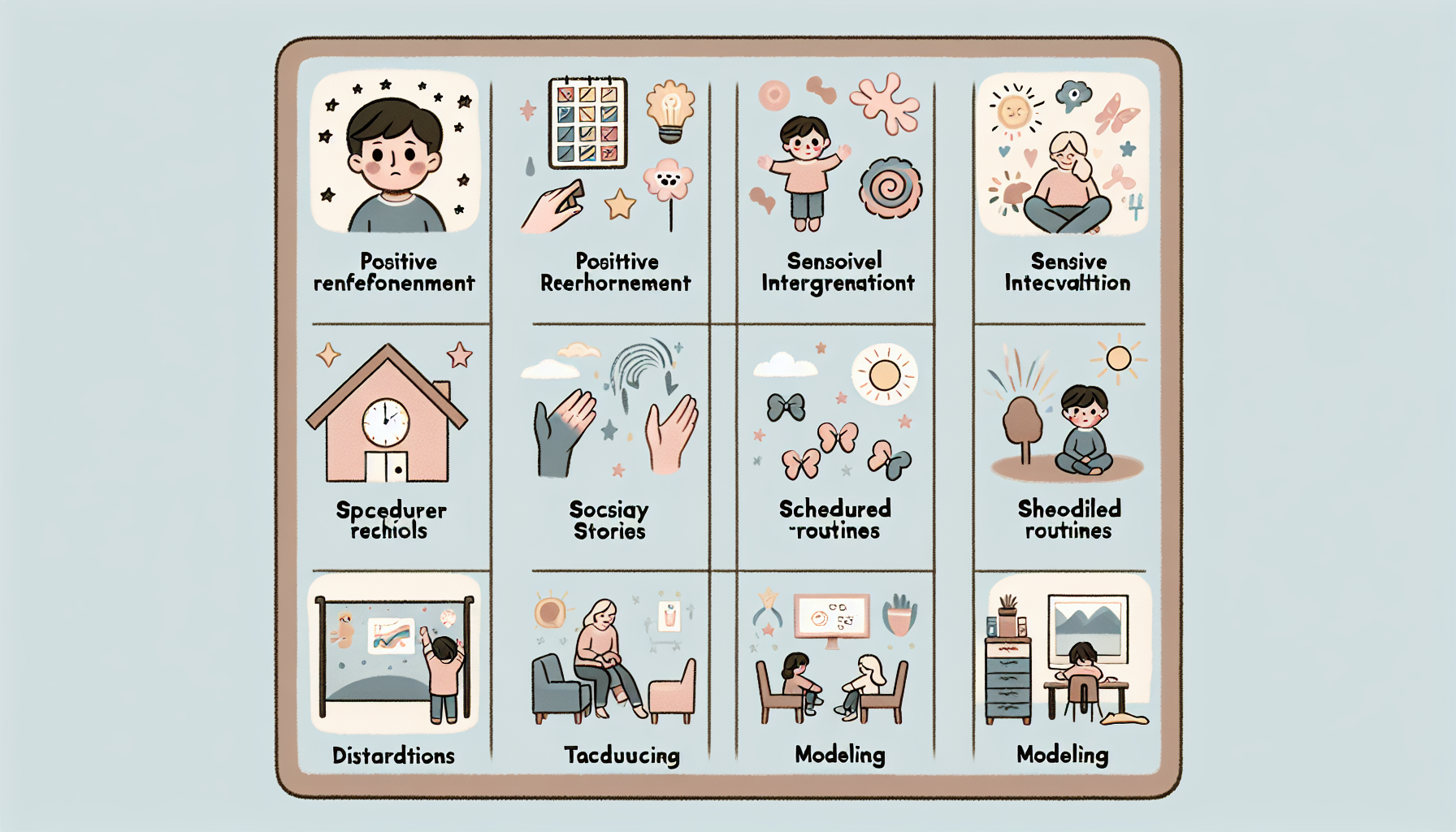

.jpeg)
.jpeg)



.jpeg)




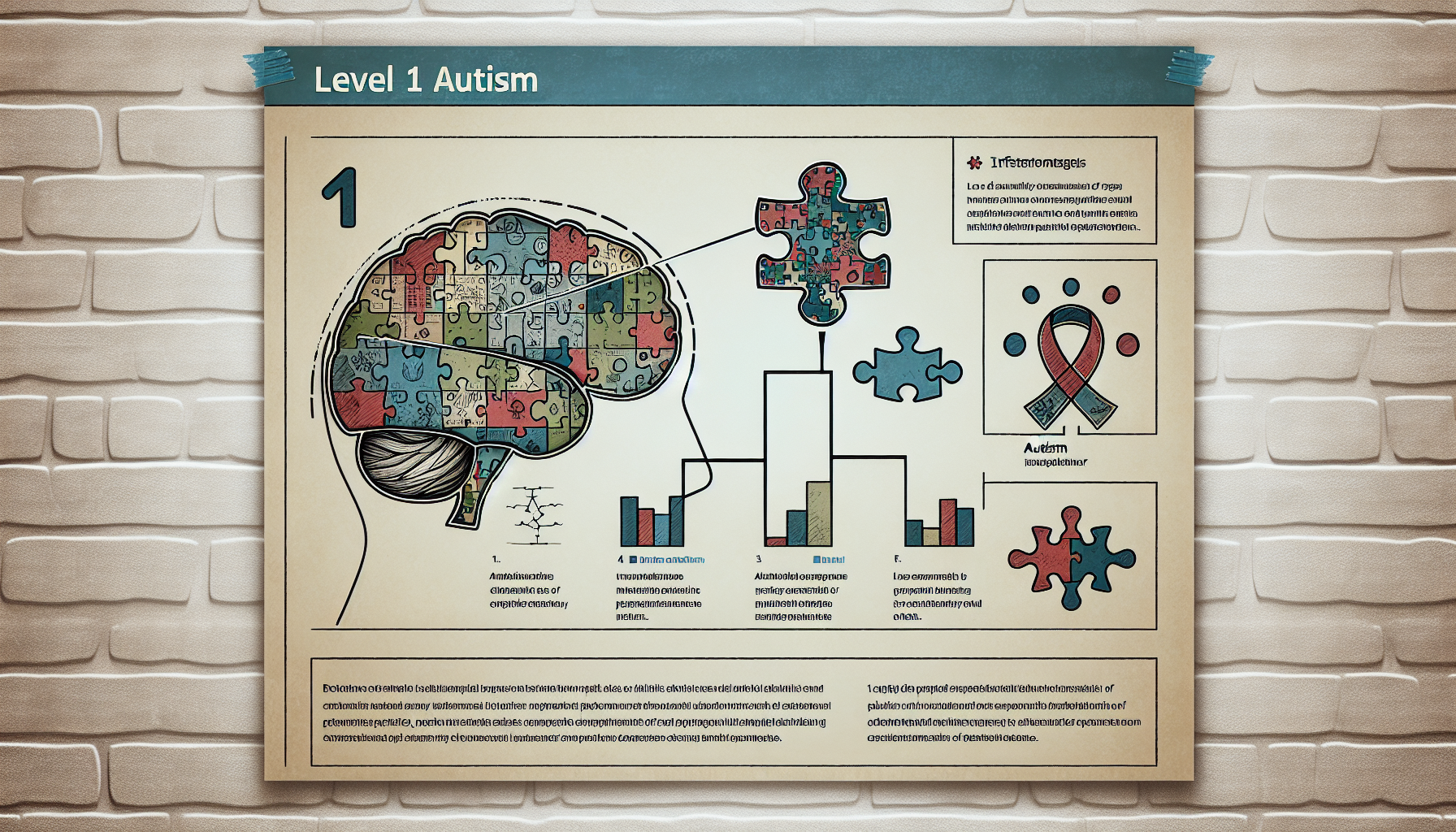











.jpeg)
.jpeg)



.jpeg)
.jpeg)
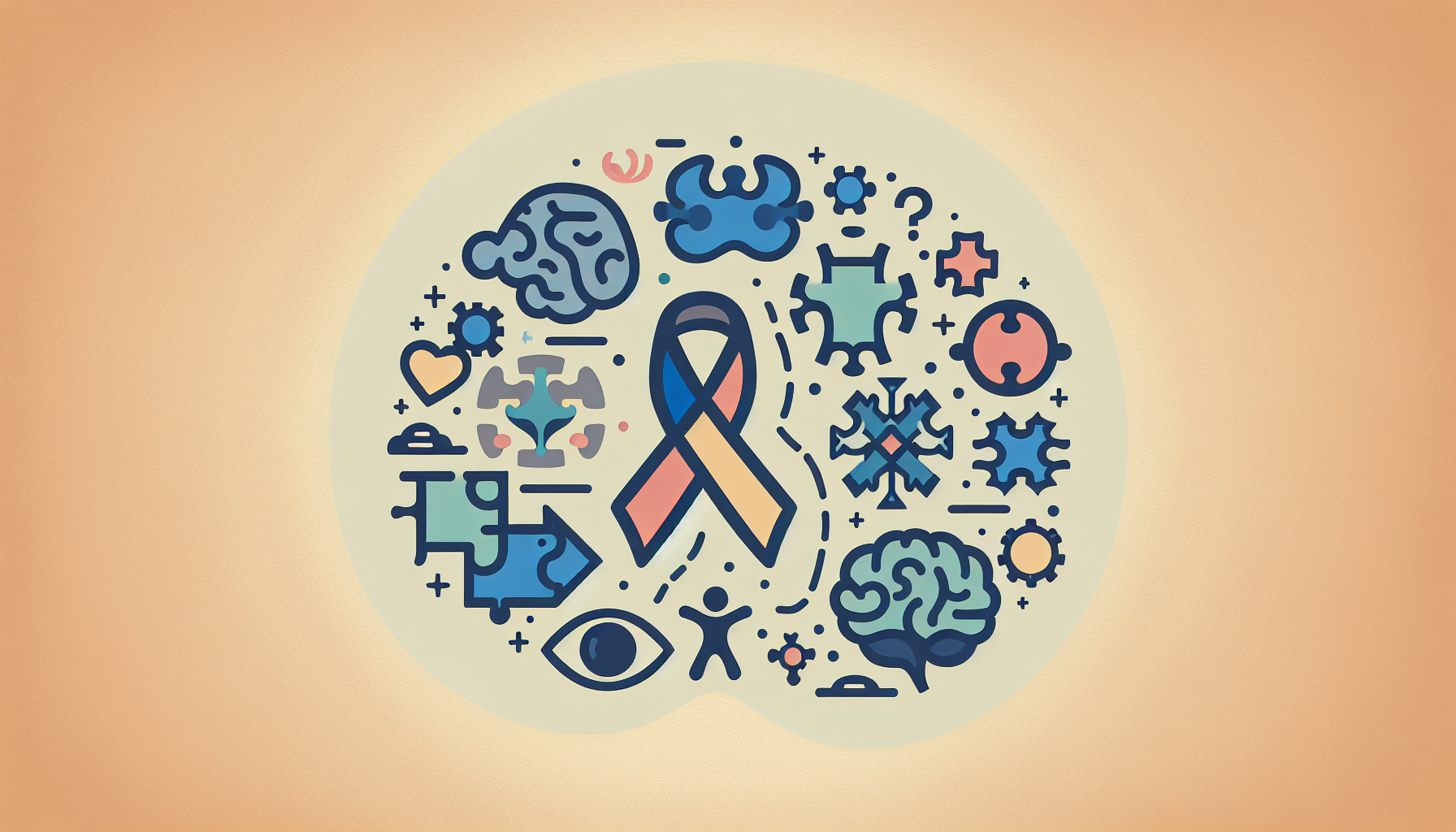






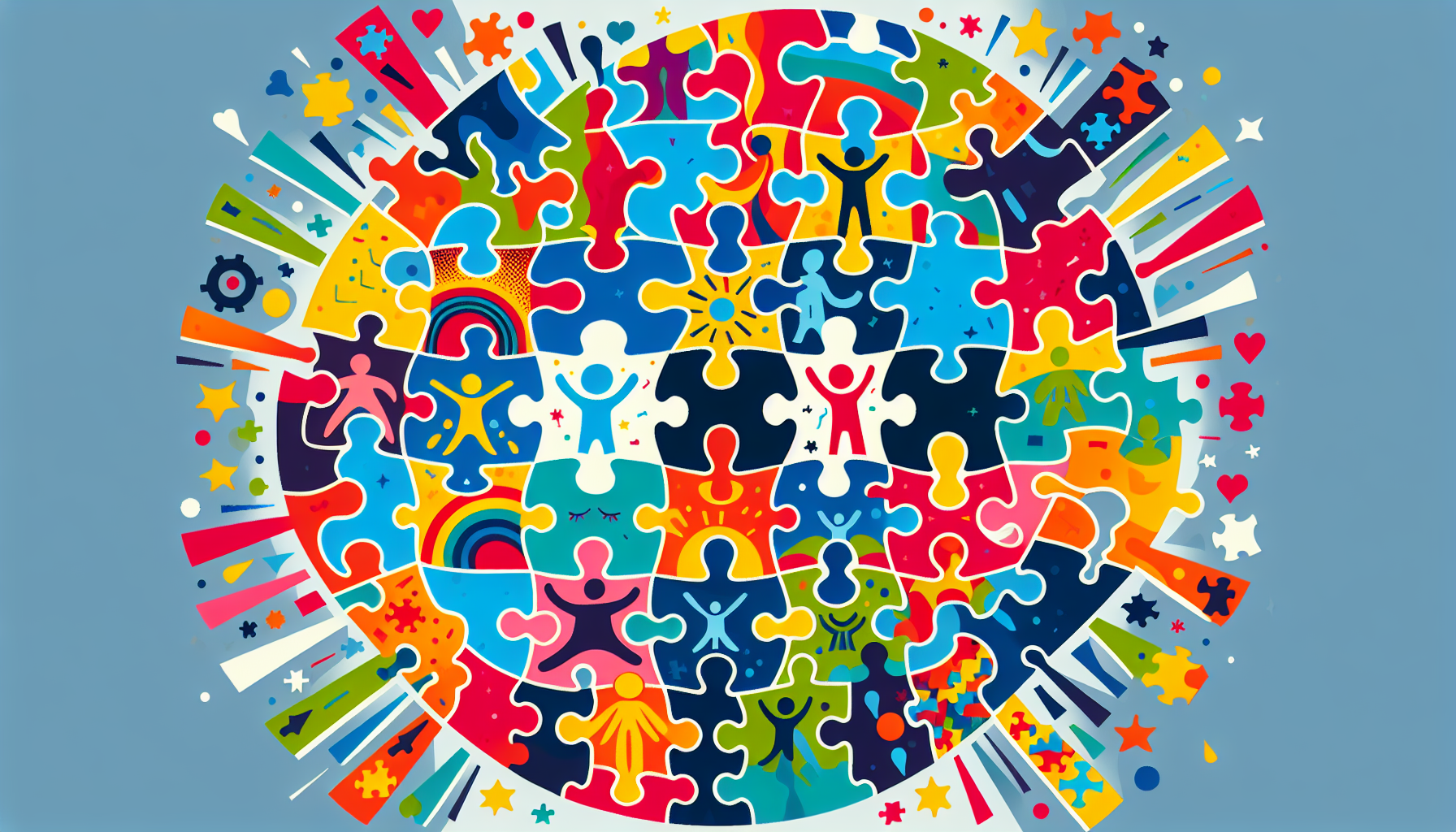



.jpeg)






.jpeg)
